Conservation and recovery plans ensure that naturally occurring ecosystems and their native species populations continue to exist and flourish in Boulder County. These plans are intended to help private landowners and land managers make balanced management decisions for species of special concern.
Species Conservation and Recovery Plans
Wildlife Species of Special Concern
Abert’s Squirrel
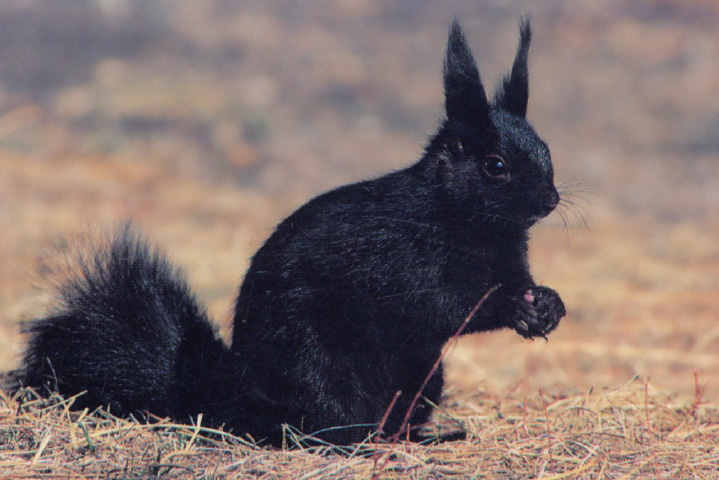
The Abert’s squirrel (Sciurus aberti) is a large tree squirrel with a long, full tail. They promote forest health by dispersing spores of underground fungi that facilitate water and nutrient uptake by the trees and, therefore, increase seedling survival and enhance forest regeneration and growth.
American Marten

The American marten (Martes americana) has brown fur with orange- or yellow-colored throat and chest with black feet and tail. It has a long, slender body with bushy tail, large eyes, cat-like ears, and partially retractable claws. Sometimes confused for the American mink, the American marten is much larger. It can also be confused with long-tailed and short-tailed weasels; however, these smaller weasels tend to be longer and thinner.
Arapahoe Snowfly
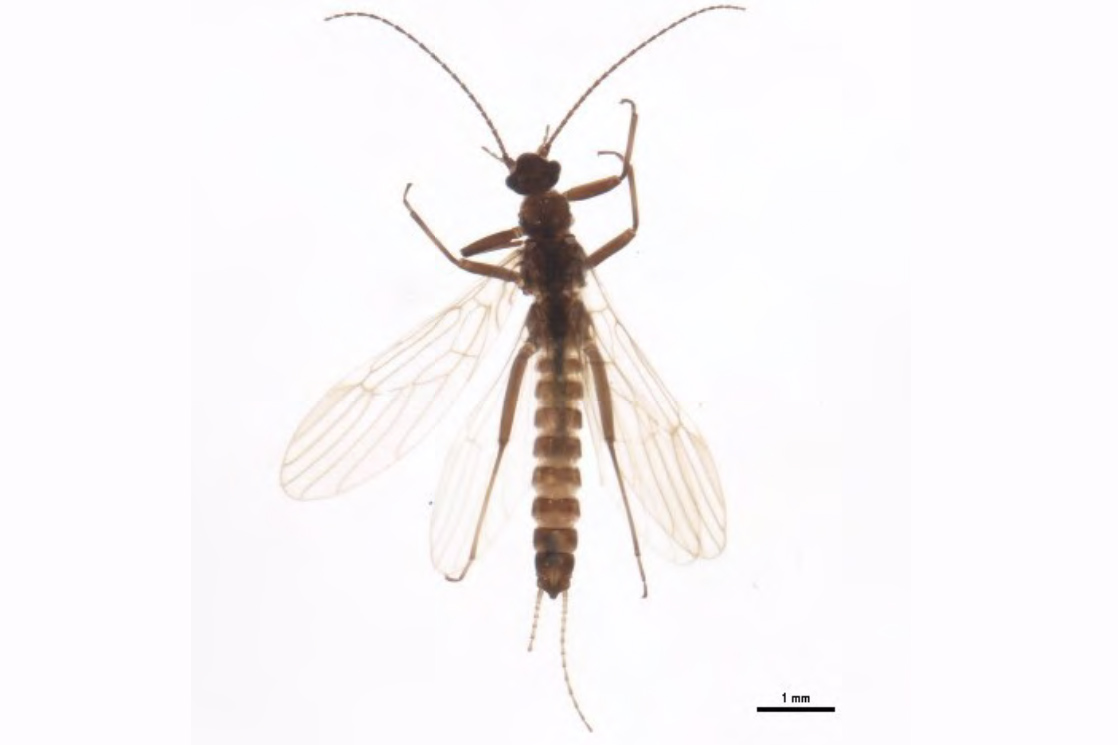
The Arapahoe snowfly (Arsapnia arapahoe) is a rare species of snowfly at risk due to its limited range to only 12 areas in Colorado, four of which are in Boulder County. High sensitivity to environmental changes puts snowfly populations at risk. Adults have a dark colored body, roughly 0.2 inches long. Wings are generally the same length as the body and fold back behind the abdomen. When in flight, they appear slow and clumsy.
Burrowing Owl

Burrowing owls (Athene cunicularia hypugaea) are underground-dwelling birds that live inside prairie dog burrows. They migrate south in early fall and return to Colorado’s shortgrass prairies in mid-March to early April. Burrowing owls are small, compact raptors with round heads and long legs. They often stand on fenceposts or near their burrows. They have earthy brown feathers with sandy or tawny spots and are overall lighter on their undersides. They have large, lemon-yellow eyes under a pale or white brow.
Hudsonian Emerald Dragonfly
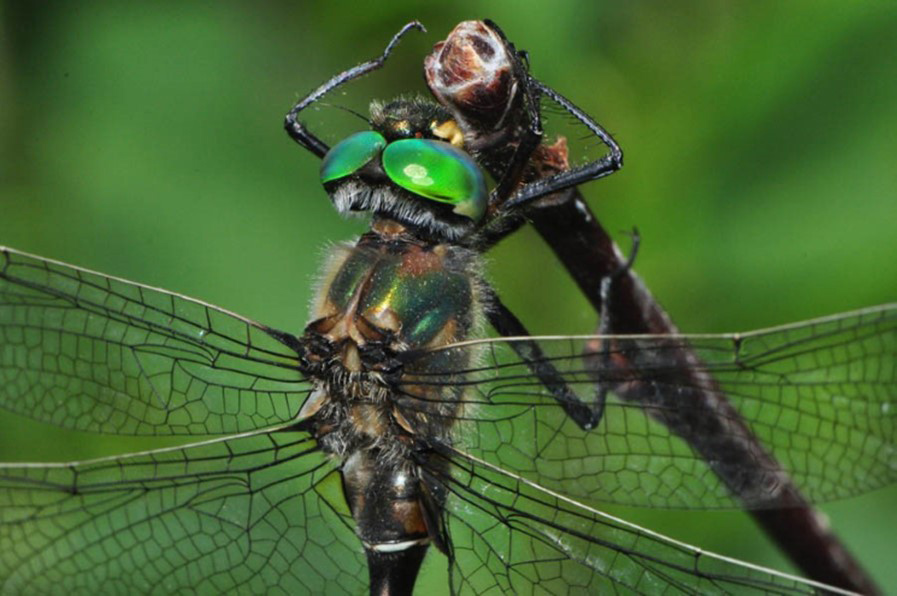
Adult Hudsonian emerald dragonflies (Somatochlora hudsonica) have elongated bodies with a head twice as wide as its thorax, a black face with yellow on the sides, green eyes, and a metallic green thorax. The key characteristic in the Boulder County area is a white-ringed abdomen. They are mainly found in the boggy edge of bodies of water. They are very temperature sensitive, so requiring a water temperature of 60°F-68°F, which is most often found between 8,200-9,800 feet of elevation.
Long-legged Myotis
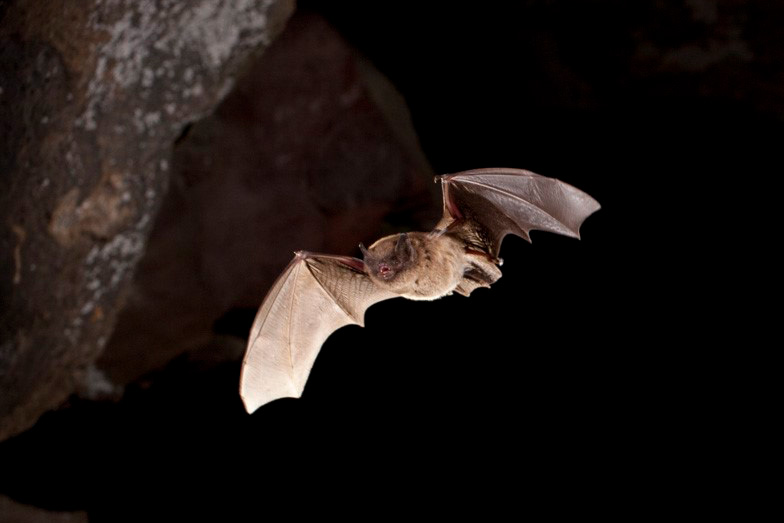
The long-legged myotis (Myotis volans) is a brown, relatively nondescript bat. It is often confused with little brown bats but can be distinguished by its keeled calcar. It roosts in trees, rock crevices, and buildings. It hibernates in caves and mines. There is only one maternity roost known for Boulder County.
Northern Harrier

The Northern Harriers (Circus hudsonius), also known as the Marsh Hawk, is one of Boulder County’s most elusive species of special concern. They are a diurnal hawk, often found soaring above farmland, wetlands, and cattail marshes. They have thin wings and a relatively long tail compared to their body length. Females and juveniles sport brown plumage on their uppers and tawny brown on their undersides (juveniles often show dark streaking on their breast). Males have light silver plumage and dark wingtips, by which they are often known as the “Gray Ghost.” All Northern Harriers have a distinctive white rump patch and disc-shaped feathers on their faces (these feathers are for detecting prey by sound, much like an owl).
Northern Leopard Frog
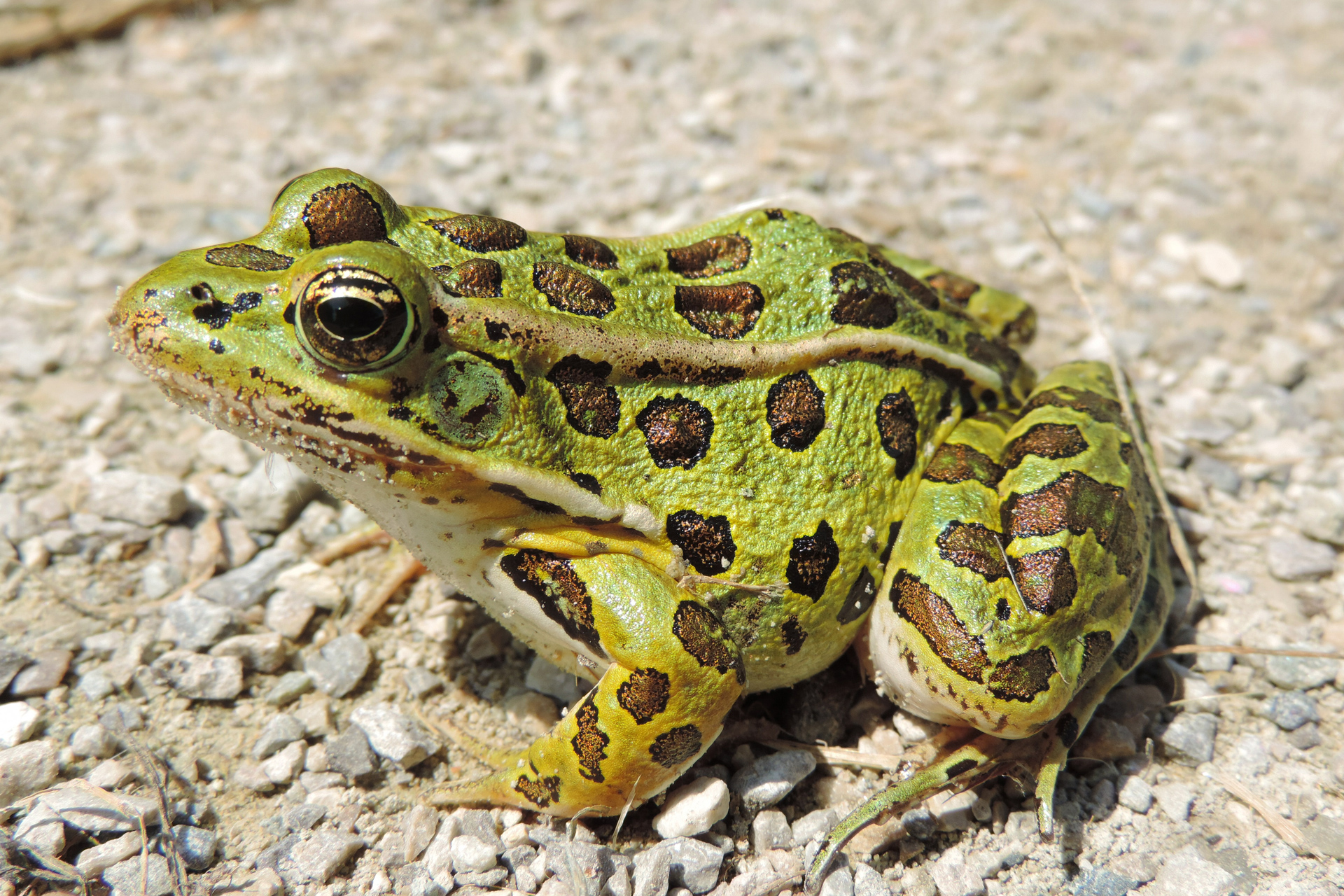
The northern leopard frog (Lithobates pipiens) was historically abundant in Boulder County and throughout Colorado but has been on the decline in recent years. Adults are green or brown with large, dark spots on their back. They have two parallel lines running down their back. Tadpoles are dark brown, olive green, or grey on top and white underneath, with uneven black spots on their tail. Eggs are found in large masses. Individual eggs are black on top and whitish underneath.
Preble’s Meadow Jumping Mouse
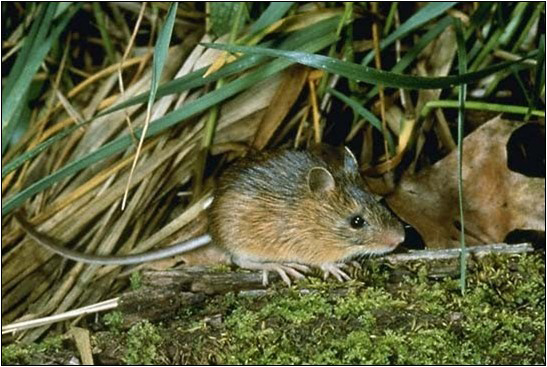
The Preble’s meadow jumping mouse (Zapus hudsonius preblei) is a threatened subspecies of jumping mice that is protected under the Endangered Species Act. The mouse has a limited habitat range, which contributes to its vulnerability of extinction. The Preble’s mouse is a relatively small mouse with a very long tail and large hind feet. The tail is lightly furred and typically twice as long as the body.
Plant Species and Plant Communities of Special Concern
Alderleaf Mountain-Mahogany Complex

These two rare Colorado vegetation associations are found on the eastern side of the Colorado Front Range on hogbacks, ridges, mesas, and slopes. Alderleaf mountain-mahogany makes up the dominant shrub species in both associations along with big bluestem as the dominant grass. Both of these associations have been degraded by human activities such as development, invasive weeds, and a changing climate that alters community dynamics.
Antelope Bitterbrush Complex

The Antelope Bitterbrush Complex (Purshia tridentata) includes two rare shrubland communities found only in Colorado, including in the foothills of Boulder County. The two distinct vegetation communities covered in this plan are: the Antelope Bitterbrush / Mountain Muhly Shrubland and the Antelope Bitterbrush / Prairie Sagewort / Needle-and-Thread Shrubland. They have been designated as either imperiled or critically imperiled and are threatened by continued habitat degradation resulting from development, climate change, overgrazing, and the spread of invasive species. While these communities are known to tolerate and even benefit from low intensity, periodic fires, they are very susceptible to moderate to severe fires, resulting in high mortality with little to no recovery.
Bell’s Twinpod

Bell’s twinpod (Physaria bellii) is a rare perennial mustard endemic to Colorado and found only in Boulder, Larimer, and Jefferson counties. It is imperiled both globally and at the state level. It is an edaphic endemic plant, meaning its distribution is limited to specific soil types. Bell’s twinpod is found only in exposed limestones and shales of the Niobrara and Pierre formations in the Front Range where the rock has been exposed by road cuts, or along natural outcrops such as ridge crests. This also means that populations of Bell’s twinpod cannot be translocated if its current habitat becomes degraded or eliminated due to any one of its current threats. Threats include invasive species and habitat loss and fragmentation via development and limestone mining.
Bristlecone Pine

The bristlecone pine (Pinus aristata) is a conifer most often found at higher elevations on ridges and mountain tops. Because of its ability to survive in the sub-alpine and alpine environments, it is often referred to as a high-elevation pine. Bristlecones are ecologically important and provide valuable ecosystem services, such as soil stabilization, snow retention, controlled water runoff, and high elevation biodiversity.
Colorado Butterfly Plant

The Colorado butterfly plant is a rare, short-lived perennial forb endemic to riparian areas of Colorado, Wyoming, and Nebraska. It is often found streamside, within floodplains, and in wet meadows. It is threatened by significant habitat degradation, land development, alteration of hydrology, and invasive species. It was listed as a federally threatened species in 2000 but removed in 2019 due to some progress in its conservation. It remains critically imperiled (Sl) in Colorado.
Indian Ricegrass Shale Barren Grassland
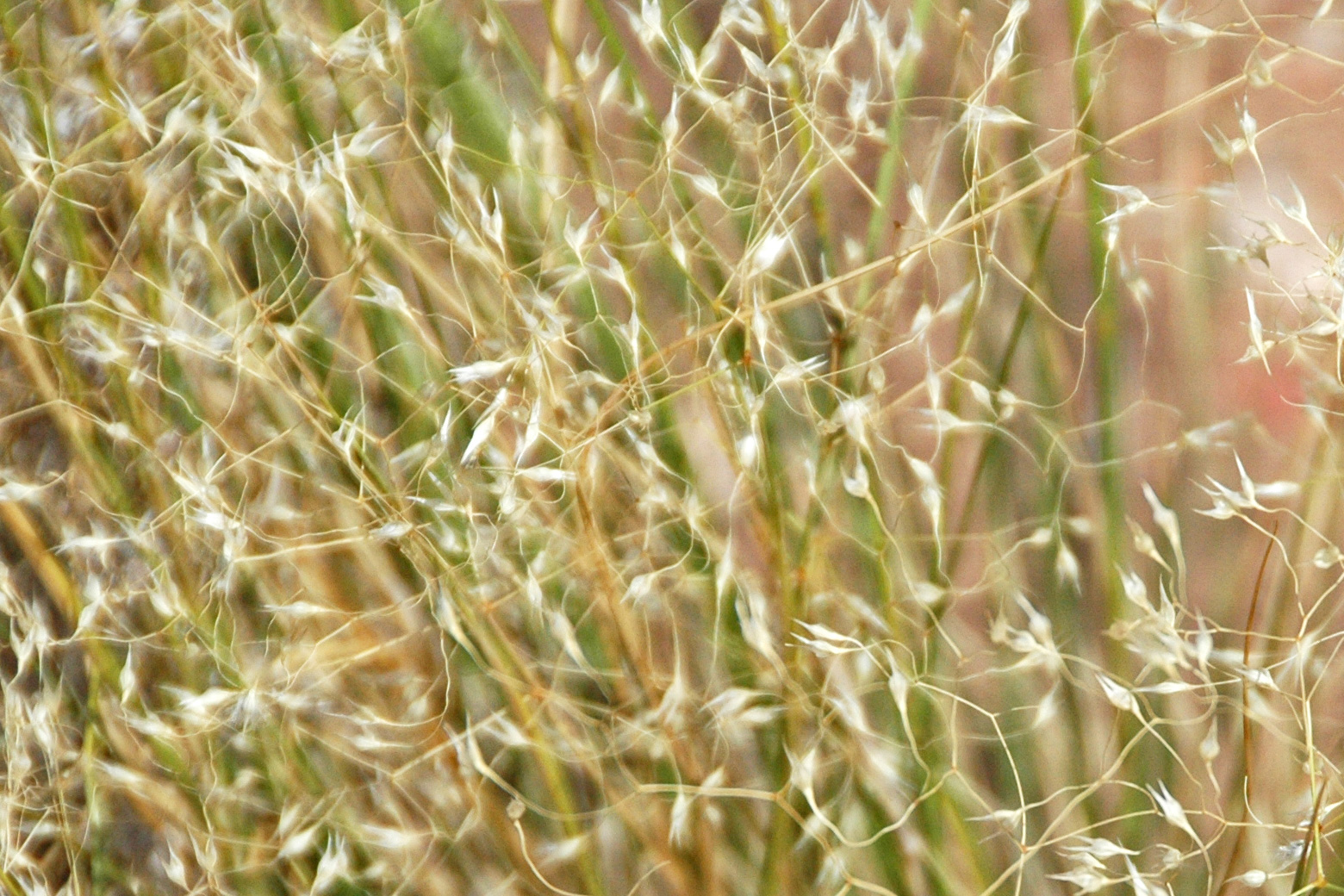
The Indian Ricegrass Shale Barren Grassland is endemic to the Front Range of Colorado where it is critically imperiled (S1). The community has sparse vegetative cover, occurring on exposed shale outcrops on slopes, ridges, and rolling topography. The community is threatened by habitat degradation by the introduction of invasive species and by overgrazing and development.
Limber Pine

The limber pine (Pinus flexilis) is a long lived, five-needle white pine widely distributed in western North America. It is a very minor forest component below 8,000’ and is usually restricted to very dry and windy sites. It is more common above 8,000.’ While not economically important, limber pine serves many functional roles in the ecosystem including soil stabilization, snow retention, controlled water runoff, and high elevation biodiversity.
Moonwort Complex
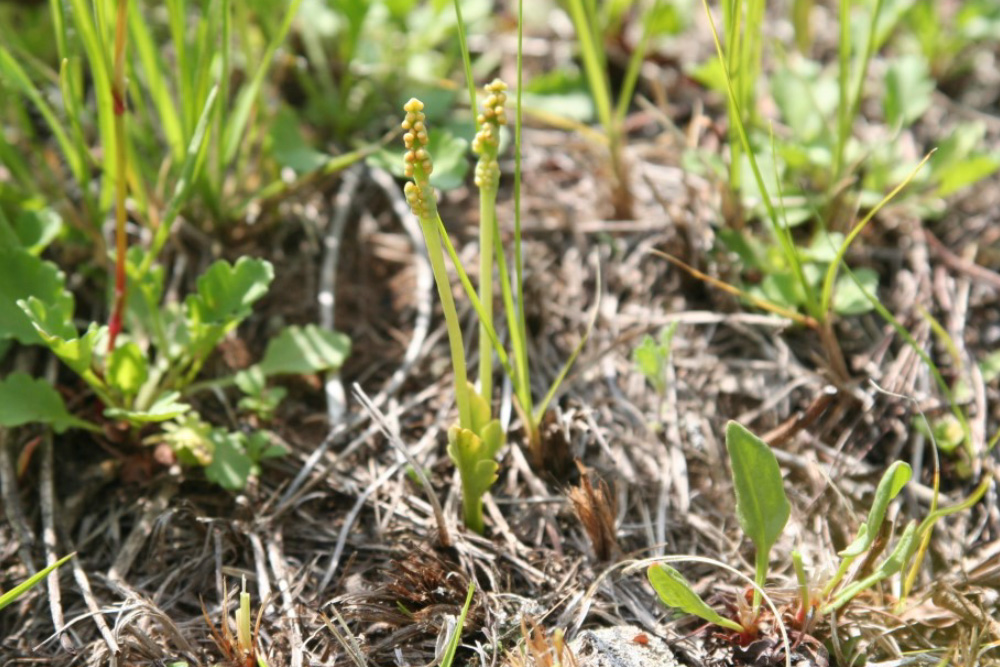
The Moonwort Complex consists of 12 species of rare moonworts that are known or likely to be present in Boulder County. Moonworts are non-flowering species that belong to a family of plants distantly related to ferns. In Colorado, the rarity of moonworts ranges from critically imperiled (Sl) to vulnerable (S3). They are all of conservation concern due to threats including livestock grazing, off-road vehicle damage, timber harvest and invasive species.
Needle and Thread Complex
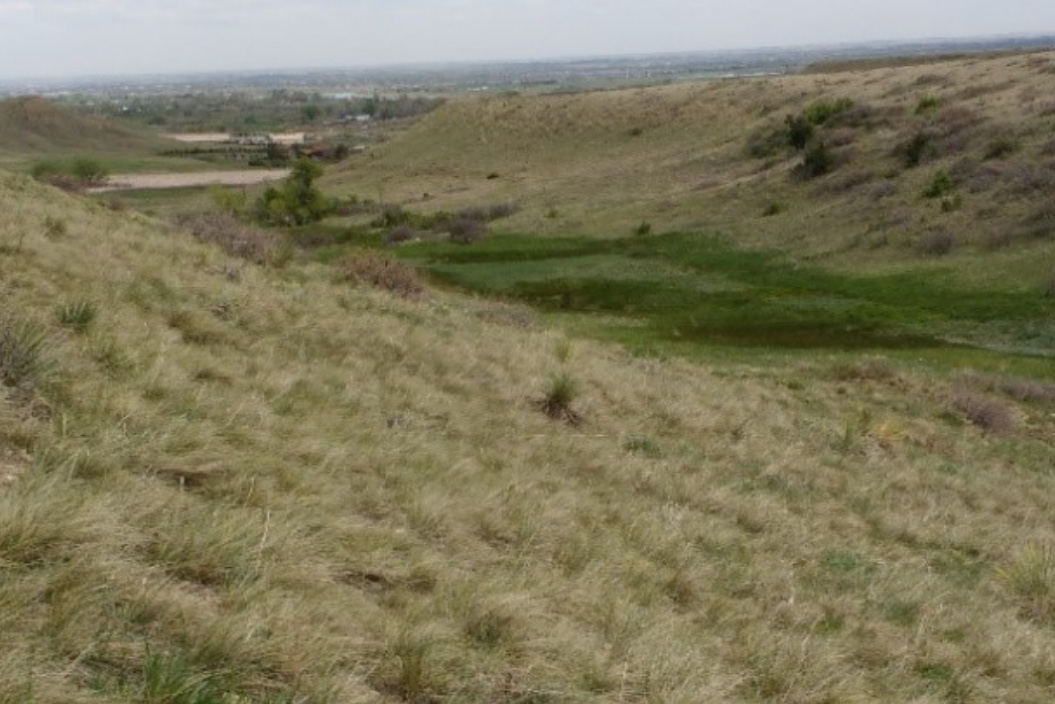
The Needle-and-Thread Complex (Hesperostipa comata) represents two native, rare grassland communities present in Boulder County. Two distinct vegetation communities are covered in this plan: the Needle-and-Thread – Blue Grama – Threadleaf Sedge Northern Grassland, and the Needle-and-Thread Colorado Front Range Grassland. The latter community is known only to the Colorado Front Range. Needle-and-thread grass is a dominant or codominant perennial species in these plant communities with blue grama and threadleaf sedge codominant in some cases. Both communities are found at lower elevations along the eastern slope but have largely been eliminated through agriculture and urban sprawl. Climate change, invasive species, heavy grazing pressures, and an altered fire regime all threaten the health of these communities.
Netleaf Hackberry/Bluebunch Wheatgrass Wet Scrub
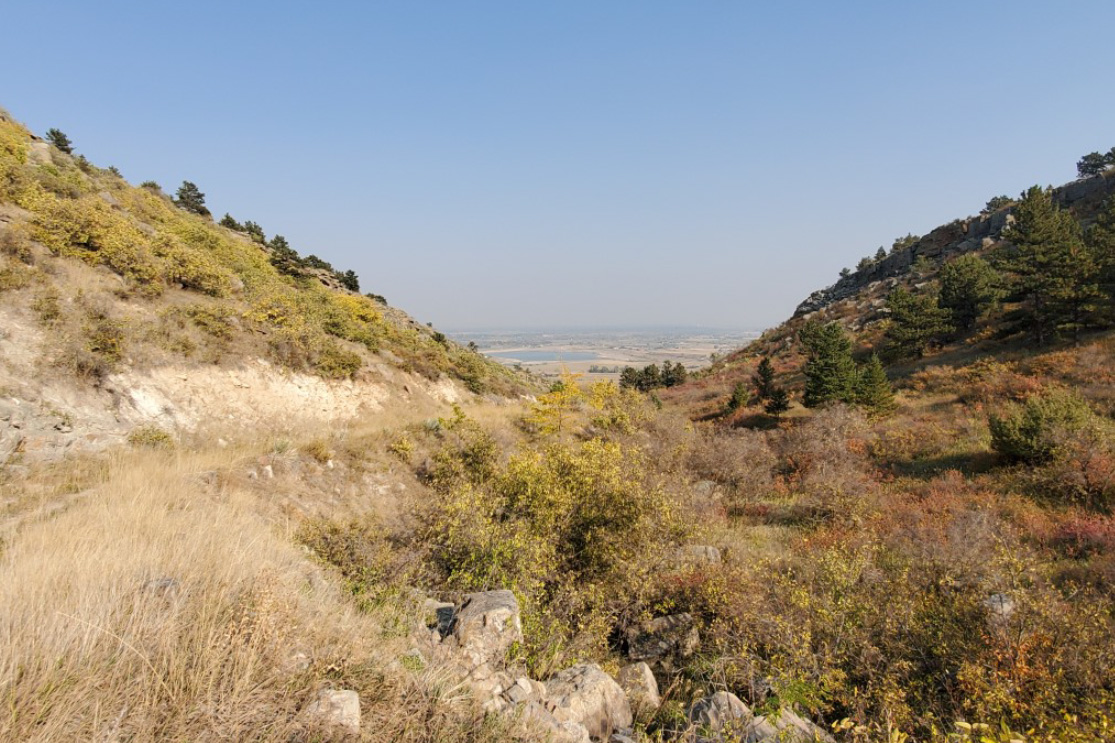
The Netleaf Hackberry/Bluebunch Wheatgrass Wet Scrub plant community is a native woodland community with a typically open canopy of netleaf hackberry and with an herbaceous layer dominated by perennial bluebunch wheatgrass, found usually in rocky outcrops or valley bottoms. It is critically imperiled (SI) in Colorado as the herbaceous layer is replaced by invasive cheatgrass.
Ute Ladies’-Tresses Orchid
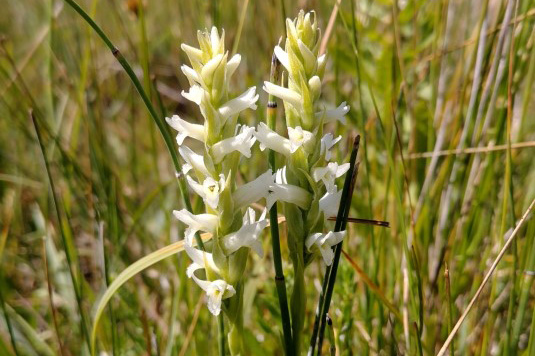
The Ute ladies’-tresses orchid (Spiranthes diluvialis) is a rare, long-lived perennial orchid found throughout the interior west in riparian and wetland habitats. It is considered globally imperiled and critically imperiled in Colorado and it is only one of two federally listed threatened species known in Boulder County (the other being the Colorado butterfly plant). In Boulder County, they are only known to occur in lower elevations in the Front Range in flat areas with a high water table, in or near wetlands, ditches, and irrigated meadows. Its inflorescence grows in a loose, spiraling spike with white flowers and has a stout appearance, the flowers separating from the inflorescence at a 90-degree angle. The Ute ladies’-tresses orchid is often mistaken for Hooded ladies’-tresses.
Wood Lily
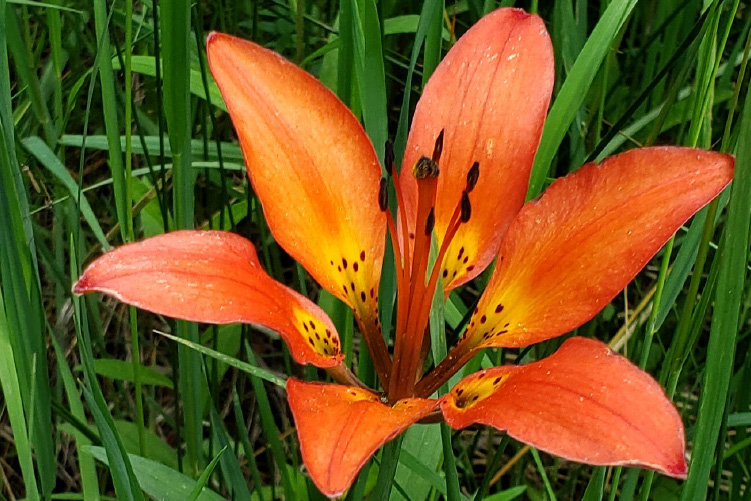
The wood lily is a rare, long-lived perennial forb found in small isolated stands, often in aspen groves. It is vulnerable (S3) in Colorado due to several threats, including over-collecting due to its conspicuous, showy flowers. Other threats include habitat loss and fragmentation, invasive species, overgrazing, and loss of vital processes such as natural fire regimes and changing hydrological processes.
Background
The Boulder County Comprehensive Plan (BCCP) was first drafted in 1978 and has undergone several updates since. It contains several separate elements outlining bigger picture goals. The BCCP is very progressive and all-encompassing in its scope, and its main philosophies are:
- Growth channeled to municipalities
- Agricultural lands protection
- Preservation of environmental resources
Starting in 2011, County Open Space and Community Planning and Permitting staff were tasked with updating the Environmental Resources Element (ERE) of the BCCP. This was a big undertaking and involved significant professional and public input. The goals, policies, and maps of the ERE were updated and final adoption occurred in 2014.
During the extensive public update process, the inclusion of specifically focused language outlining the county’s commitment to steward protection of ecosystems occurred. The final language states “Acknowledging our responsibility to ensure that naturally occurring ecosystems and their native species populations continue to exist and flourish in Boulder County, the county will develop conservation and recovery plans for priority Species of Special Concern.”
Staff continue to develop these Species Conservation and Recovery Plans (SCRP). These plans are intended for private landowners, the public, and internal staff, working toward balanced management decisions.

